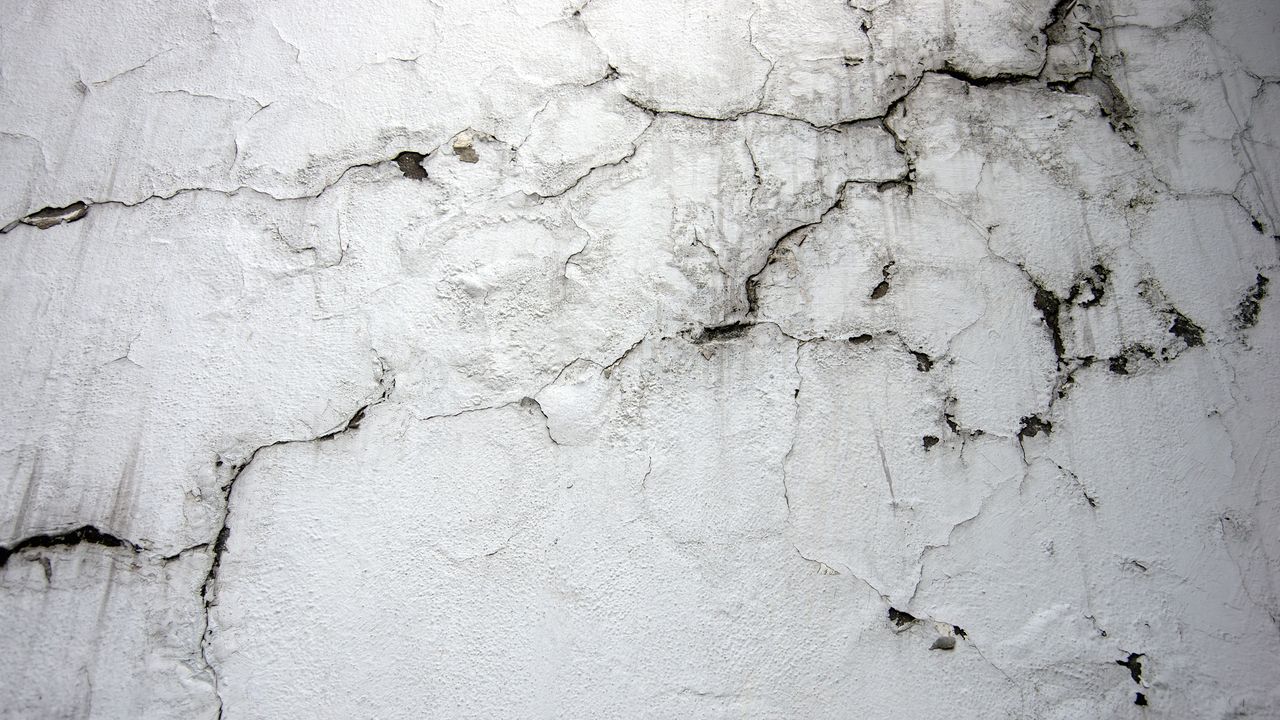

If you’ve found black mold in your home, you’ll want to know how to get rid of it quickly. This unsightly growth might be thriving in a bath, kitchen, or basement because of their moist environments, and water leaks can see it grow, too. But wherever you find it, you’ll want to learn how to get rid of black mold fast.
There are actually many species of black mold, but the term is often assigned to the species Stachybotrys chartarum, which is greenish black in color – delightful we know. Cleaning mold, black mold or mildew, is a must as it may cause health problems and symptoms, according to the CDC (Centers for Disease Control and Prevention), so it’s vital to remove it from your home for this reason as well as because it’s unsightly.
Here is how to tackle this nuisance according to experts.
How to get rid of black mold: step by step
Black mold is an issue you should address if you find it in your home, including when you’re cleaning the bathroom.
‘Mold can dry out and become inactive, but it doesn’t go away,’ says Marina Vaamonde, the founder of HouseCashin. ‘The EPA says that you can probably fix small areas for yourself. If the moldy and/or damp areas are large, or if the mold is near HVAC returns, you should consult an EPA-certified professional.’
1. Prevention is better than cure
When killing off black mold, be aware that prevention in the first place is the best strategy. Since mold requires constant moisture to grow, tackle leaks, condensation, and water damage.
‘Once a month, or every few months, test all the fixtures and drains,’ says Jake Romano, professional plumber and manager at California-based John The Plumber. ‘Run the faucets and look under the sink. Follow the pipes below. Do the same for the water supplies and appliances.’
Make sure you clean gutters, too, say the experts from PuroClean. ‘Water may seep into your home through dirty or damaged gutters, so make sure the gutters are clean and in good shape.’
Pay attention to home ventilation as well. ‘Make sure your HVAC vents are not blocked,’ advises Luke Hamel, owner of Hamel’s Air Conditioning & Heating. ‘Installation of attic fans, whole-house fans, and dehumidifiers can also help. If you are concerned about preventing mold in the first place, invest in a humidity monitor to ensure humidity levels are low. Knowing when conditions are ripe for mold growth within your home is the first step in prevention.’ There are lots of ways to stop condensation on windows and around other areas of your home also.
2. Assess the size of the problem
The answer removing black mold may be to do it yourself. ‘Small amounts of mold can be removed by an individual in the home, like in the shower,‘ advises Michael Rubino, president of All American Restoration, and author of The Mold Medic.
However, getting rid of black mold might require calling in a professional. ‘The tricky part about mold is that it can grow deep into substances,’ Michael explains. ‘For instance, if there’s mold on a wall, it could be growing deep into that wall and the foundation of the home. Once that mold starts growing, it’s also releasing spores into the air, increasing the odds of another moldy location starting somewhere else in the home.
‘It’s best to have a mold inspector come in to assess the situation first to help determine how bad the mold problem is. Then you can determine if it’s a project you can tackle on your own.’
3. Treat an area of black mold
If it’s a question of how to get rid of black mold in a small area, be aware that it is essential that you do so safely.
‘Make sure to wear proper personal protective equipment including: a minimum of an N95 respirator and eye protection (although a full face respirator is a much better option),’ says Tim Swackhammer, president and CEO of Mold Medics.
Thinking of using bleach to get rid of black mold? Don’t. ‘Use an EPA-approved cleaning product (NOT bleach) and a three stage scrub and wipe down process to remove the mold by the roots as well as any mycotoxins and bacteria that may be present,’ says Michael Rubino.
‘Microfiber towels are best because they’re 100 times more likely to pick up any particles on these surfaces. The entire goal here is to remove as many particles as possible.
‘Also, repeatedly clean the space thoroughly after the mold removal. Spores and mycotoxins that were released into the air could have made their way to other surfaces in the room or even other areas of the home. These will need to be removed to stop exposure and ensure other moldy situations don’t pop up.’ In a bathroom, that likely includes cleaning a shower and cleaning grout, too.
Mold Remover Foam Spray - The Most Effective Black Mold Remover
Easy to use and super effective if you're tackling this job yourself.
Can I remove black mold myself?
It needs to be gotten rid of, but whether you should remove black mold yourself depends on the extent of the problem. ‘Black mold is harmful, and will not just go away on its own,’ say the experts at PuroClean.
‘In worse cases, where the mold-affected area is larger than about 10 square feet, hiring a mold removal company is strongly recommended. Professionals have specialized equipment and implement advanced black mold removal techniques to bring the property back to pre-loss condition.’
Is it safe to live in a house with black mold?
It isn’t healthy to live in a house with black mold. The CDC says: ‘At present, no test exists that proves an association between Stachybotrys chartarum and particular health symptoms. Individuals with persistent symptoms should see their physician. However, if Stachybotrys chartarum or other molds are found in a building they should be removed.’
As to how harmful it is, Tim Swackhammer says: ‘This is a question we hear often and it is a tough one as the truth is: it varies. Every person has their own level of sensitivity to molds, and can react differently. Certain groups of people can be especially susceptible to mold, including the very young and very old, those with respiratory issues including asthma, and those with compromised immune systems. While some people have a worse reaction to mold than others, it is important to note, exposure to black mold (especially chronic exposure) is not “safe” for anyone.’
Join our newsletter
Get small space home decor ideas, celeb inspiration, DIY tips and more, straight to your inbox!
Anna is a professional writer with many years of experience. She has a passion for contemporary home decor and gardening. She covers a range of topics, from practical advice to interior and garden design.
-
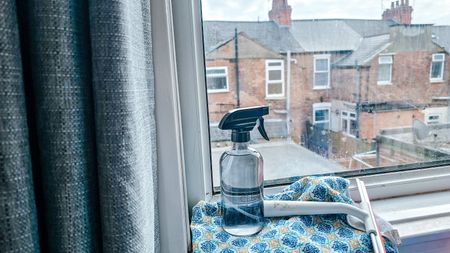 How to clean windows without streaks — 5 easy steps that cleaning pros always follow
How to clean windows without streaks — 5 easy steps that cleaning pros always followThis method on how to clean windows is favored by professional cleaners. We've asked them for the steps you should follow, plus picked cleaning buys
By Eve Smallman Last updated
-
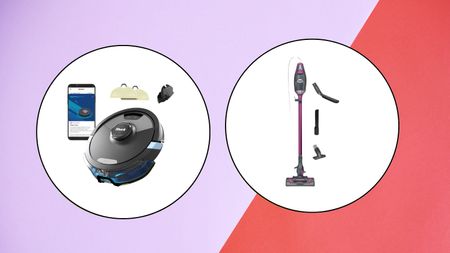 The latest Shark sale deals are perfect for pollen-proofing your home — with up to $150 off our favorite vacuums
The latest Shark sale deals are perfect for pollen-proofing your home — with up to $150 off our favorite vacuumsWe found the latest Shark sale deals on vacuums that are sure to be swooped up, especially as spring blooms trigger pollen allergies and we're in need of extra cleaning
By Danielle Valente Published
-
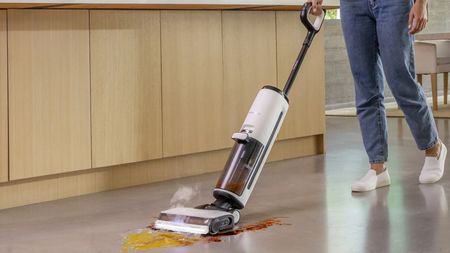
 Tineco Floor One S7 steam wet-dry vacuum review — spotless floors with minimal effort
Tineco Floor One S7 steam wet-dry vacuum review — spotless floors with minimal effortOur contributing editor, Camryn Rabideau, tests the Tineco Floor One S7 steam wet-dry vacuum in her New England homestead property
By Camryn Rabideau Published
-
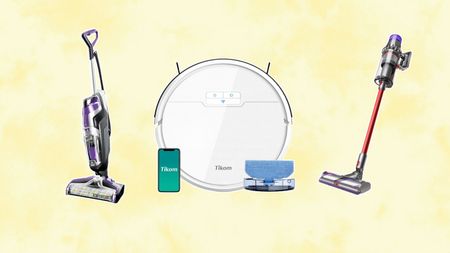 Amazon vacuum cleaners to nab during the retailer's Big Spring Sale — save up to 60% off our go-to small-space finds
Amazon vacuum cleaners to nab during the retailer's Big Spring Sale — save up to 60% off our go-to small-space findsChecking out the savings on Amazon? Vacuum cleaners are a must-buy during their first Big Spring Sale — here are our favorites up to 60% off
By Danielle Valente Published
-
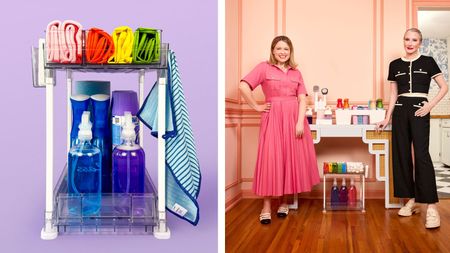 The Home Edit Walmart cleaning collection has just debuted with finds from $3
The Home Edit Walmart cleaning collection has just debuted with finds from $3Spring cleaning, anyone? The Home Edit Walmart cleaning collection has hit shelves with picks from $3
By Danielle Valente Published
-
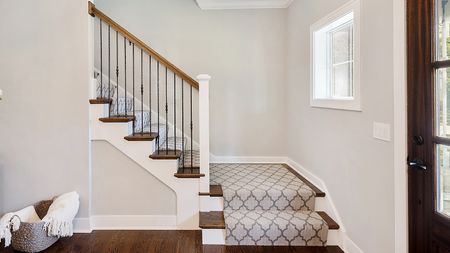 How to clean carpet on stairs — 3 simple steps to a spruced up staircase
How to clean carpet on stairs — 3 simple steps to a spruced up staircaseWant to know how to clean carpet on stairs? Our experts explain the simple steps to a sparkling stairway without too much elbow grease
By Andy van Terheyden Published
-
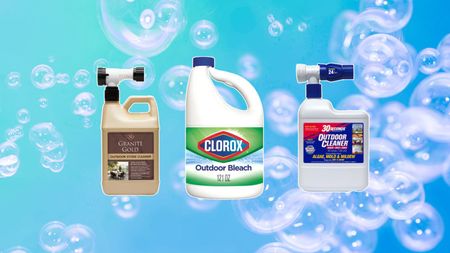 The Home Depot backyard and patio cleaning supplies we're stocking up on before spring
The Home Depot backyard and patio cleaning supplies we're stocking up on before springDon't forget the outdoors when spring cleaning — The Home Depot backyard and patio cleaning buys from $11 will assist with tidying up
By Danielle Valente Published
-
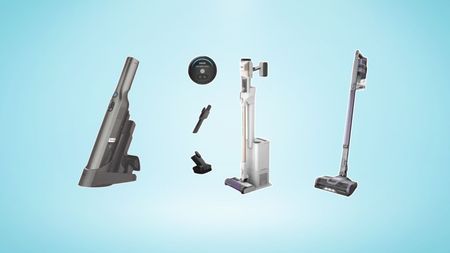 The Shark Detect Pro vacuum and other models are on sale for St Patrick's Day — perfect picks for your spring clean
The Shark Detect Pro vacuum and other models are on sale for St Patrick's Day — perfect picks for your spring cleanWhether you're eyeing the Shark Detect Pro Vacuum or Shark Pet Cordless Stick Vacuum, shop the St. Patty's Day sale for a discount on the best vacuums on shelves
By Danielle Valente Published
